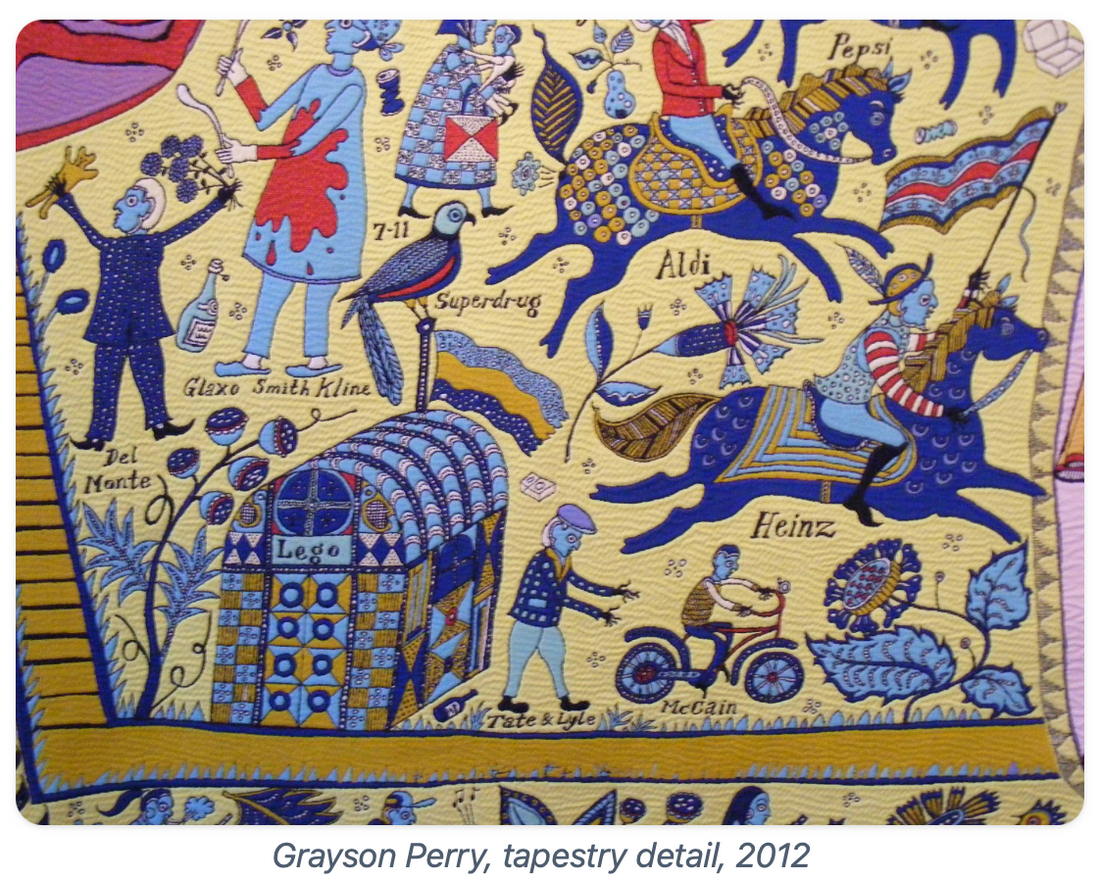I’d like to shine a light on textile art, focusing on the sense of touch. Often, we associate textiles with craft and hobbies, but there’s a whole genre of Textile Art that takes the methods of creating fabrics into the realm of fine art.
Textile Art includes weavings, prints, embroidery, fibre arts and much more. Over the past century, the medium of textiles has gone through its own revolution, with artists pushing the boundaries and distinguishing textiles and fine art.
In particular, during 1970’s feminist artists began to challenge the stereotype of textiles being relegated to ‘women’s crafts’ or fickle fashion. Judy Chicago believes in art’s power to lead to social change and led the way in the 70s, continuing to practice her art using textiles.

Judith Scott uses objects and textiles, to express experiences of disability, she was born with Down syndrome and became deaf during her infancy. Working at speed, she wrapped fibres, yarn and objects into shopping baskets, transforming objects into being engulfed and literally tied down.

One of the most prolific artists in the UK who uses tapestries is Grayson Perry. Well known for his ceramics that express the eccentricities of British culture and society, these stories are extended onto tapestry work. Textiles, in particular quilting, have a strong connection with storytelling. Grayson takes this traditional motif and makes satirical, provocative and humorous artworks.

Materials have an association, history, and can also be reinvented by the artist. I love how these artists have taken traditional mediums in a considered and intelligent way, reframing their use within art. Using textiles (by its very nature) creates a tactile and 3D element to artwork, and there are many examples of painters using textured elements to create more depth.
In the 1960s, Yves Klein set fire to his canvases. He used fire as a tool to create the aesthetic of crackling and morphing the canvas.

